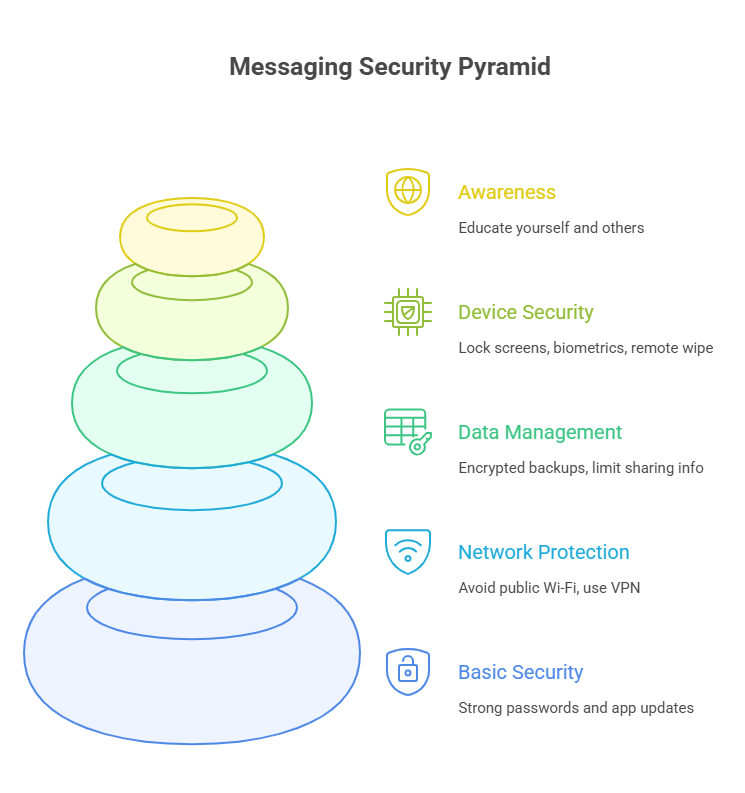Messaging Security Market Revenue, Segmentation & Forecast | 2035

For any new company aiming to break into the crowded and mature messaging security market, a carefully considered and highly focused entry strategy is absolutely critical. The formulation of effective Messaging Security Market Entry Strategies must begin with a clear-eyed understanding that a direct, head-on assault against the established leaders like Proofpoint or the platform giant Microsoft is a path fraught with peril. A new startup cannot hope to match their brand recognition, feature breadth, or marketing budgets. Therefore, a successful entry must be predicated on differentiation and a "niche and conquer" approach. This involves identifying a specific, high-value problem that is not being adequately solved by the incumbents and building a superior solution for that niche. By becoming the best in the world at solving one specific problem, a new entrant can gain a crucial beachhead in the market, build a loyal customer base, and earn the credibility needed to expand over time.
One of the most successful entry strategies in recent years has been to focus on a new architectural approach. The rise of API-based, cloud-native email security solutions is a prime example. Instead of trying to build a better Secure Email Gateway (SEG), companies like Abnormal Security focused on an entirely different architecture that integrated directly into the cloud email platform. This allowed them to analyze signals that traditional gateways could not see, giving them a distinct advantage in detecting payload-less threats like Business Email Compromise (BEC). This technological differentiation, focused on solving the market's most painful and costly problem, allowed them to create a new market category and achieve rapid growth. Another effective niche strategy is to focus on securing emerging messaging channels beyond email. As business communication increasingly moves to platforms like Slack, Microsoft Teams, and WhatsApp, a new attack surface is created. A startup could focus exclusively on providing security for these collaborative messaging platforms, offering capabilities like data loss prevention, malware scanning, and compliance for a specific and underserved market segment.
Another viable entry strategy is to innovate on the go-to-market motion rather than just the technology. A new entrant could adopt a channel-first strategy, building a product that is designed from the ground up to be sold and managed by Managed Security Service Providers (MSSPs). By creating a multi-tenant platform with simple administration and attractive margins for partners, a startup can leverage the sales force and customer relationships of hundreds of MSSPs to reach the vast and often underserved small and medium-sized business (SMB) market, without having to build its own expensive enterprise sales team. A product-led growth (PLG) model is another potential entry vector, where a company offers a free or low-cost tool that solves a specific pain point for security analysts (e.g., a free tool for analyzing suspicious email headers). This can build a large user base and a strong brand reputation, creating a funnel for upselling those users to a more comprehensive commercial offering. The Messaging Security Market size is projected to grow to USD 43.94 Billion by 2035, exhibiting a CAGR of 11.46% during the forecast period 2025-2035.
Top Trending Reports -
- News & Current Events
- Arts & Culture
- Causes
- Technology & Gadgets
- DIY & Crafts
- Business & Finance
- Dance
- Travel & Leisure
- Drinks
- Lifestyle
- Film
- Fashion & Beauty
- Home & Gardening
- Fitness
- Education & Learning
- Food & Cooking
- Games
- Science & Environment
- Gardening
- Entertainment
- Health & Wellness
- Personal Development
- Home
- Motivation
- Literature
- Music
- Parenting & Family
- Networking
- History & Philosophy
- Other
- Automotive
- Party
- Opinion & Commentary
- Religion
- Shopping
- Sports
- Theater
- Wellness
- Trends


